Last updated on December 17th, 2024 at 01:07 pm
- 1. The Nature of Phobias
- 1.1 Psychological and Physiological Responses
- 1.2 Origins of Phobias
- 2. Uncommon Numerical Phobias
- 2.1 Triskaidekaphobia: Fear of the Number 13
- 2.2 Hexakosioihexekontahexaphobia: Fear of the Number 666
- 2.3 Tetraphobia: Fear of the Number 4
- 3. Peculiar Color-Related Phobias
- 3.1 Xanthophobia: Fear of the Color Yellow
- 3.2 Porphyrophobia: Fear of the Color Purple
- 3.3 Leukophobia: Fear of the Color White
- 4. Bizarre Object-Specific Phobias
- 4.1 Eisoptrophobia: Fear of Mirrors
- 4.2 Papyrophobia: Fear of Paper
- 4.3 Chaetophobia: Fear of Hair
- 5. Unusual Environmental Phobias
- 5.1 Megalophobia: Fear of Large Objects
- 5.2 Thalassophobia: Fear of the Sea
- 5.3 Nyctophobia: Fear of the Dark
- 6. Peculiar Social Phobias
- 6.1 Anthropophobia: Fear of People
- 6.2 Gelotophobia: Fear of Being Laughed At
- 6.3 Autophobia: Fear of Being Alone
- 7. Technological and Modern Phobias
- 7.1 Nomophobia: Fear of Being Without a Mobile Phone
- 7.2 Cyberphobia: Fear of Computers or Technology
- 7.3 Aerophobia: Fear of Flying
- 8. Coping Strategies and Treatment Options
- 8.1 Cognitive-Behavioral Therapy (CBT)
- 8.2 Exposure Therapy
- 8.3 Mindfulness and Relaxation Techniques
- 8.4 Medication
- 9. The Impact of Rare Phobias on Daily Life
- 9.1 Social and Relationship Challenges
- 9.2 Career and Educational Limitations
- 9.3 Emotional and Psychological Well-being
- 10 More Weird Phobias You May Not Have Heard Of
- Fear of Balloons: Globophobia
- Phobia of Peanut Butter: Arachibutyrophobia
- Fear of Belly Buttons: Omphalophobia
- Fear of Water: Aquaphobia
- Fear of Clothing: Vestiphobia
- Fear of Dancing: Chorophobia
- Fear of Rain: Ombrophobia
- Fear of Strings: Linonophobia
- Fear of Bananas: Bananaphobia
- Fear of Horses: Equinophobia
- Fear of Birds: Ornithophobia
- Fear of Holes: Trypophobia
- Fear of Shellfish: Ostraconophobia
- Fear of Thunder: Brontophobia
- Fear of Heights: Acrophobia
- Fear of Sleep: Somniphobia
- Fear of Stars: Siderophobia
- Fear of Snow: Chionophobia
- Fear of Beards: Pogonophobia
- Fear of Making Decisions: Decidophobia
- Fear of Money: Chrometophobia
- Fear of Public Speaking: Glossophobia
- Fear of Failure: Atychiphobia
- Fear of Fear: Phobophobia
- Frequently Asked Questions
- What Is The Fear Of Belly Buttons And How Does It Manifest?
- Why Do Some People Have A Fear Of Peanut Butter Sticking To The Roof Of Their Mouth?
- What Causes The Fear Of Balloons And How Is It Treated?
- How Does The Fear Of Belly Buttons Affect A Person’s Daily Life?
- What Is The Fear Of Snakes, And How Common Is It?
- Why Do People Develop A Fear Of Thunder And Lightning?
- How Can The Fear Of Heights Be Managed Effectively?
- What Is The Fear Of Failure And How Can It Impact Professional Life?
- Why Do Some Individuals Develop A Fear Of Dogs?
- How Does The Fear Of Clowns Originate?
- What Is The Fear Of Water, And Can It Be Overcome?
- Why Do People Fear Marriage And How Is It Addressed?
- How Can Fear Of Public Speaking Be Managed?
- What Is The Fear Of Dancing, And How Does It Affect Individuals?
- How Does The Fear Of Money Affect Daily Life?
- What Is The Fear Of Clothing And How Can It Be Managed?
- Why Are Some People Afraid Of Birds?
- What Is The Fear Of Holes And How Does It Manifest?
- How Can Fear Of Bathing Be Overcome?
- What Is The Fear Of String And How Does It Develop?
Phobias, those intense and often irrational fears that plague millions of people worldwide, come in countless varieties. While many are familiar with common phobias like arachnophobia (fear of spiders) or claustrophobia (fear of enclosed spaces), there exists a vast array of lesser-known, peculiar, and sometimes downright bizarre phobias that affect individuals in unique ways.
These rare and unusual fears offer a fascinating glimpse into the complexity of the human psyche and the diverse range of stimuli that can trigger anxiety and distress.
In this comprehensive exploration of uncommon phobias, we’ll delve into the depths of the human mind to uncover some of the most intriguing and lesser-known fears that afflict people around the globe. From the fear of specific numbers to the dread of particular colors or even everyday objects, these phobias demonstrate the remarkable diversity of human experiences and the myriad ways in which our brains can interpret potential threats.
Explore 21 rare, irrational, And weird phobias you’ve likely never encountered. Dive into irrational fears that range from the odd to the utterly unexpected.
By examining these rare phobias, we gain valuable insights into the nature of fear itself, the psychological mechanisms that underpin our anxieties, and the various ways in which individuals cope with and overcome their unique challenges.
Moreover, understanding these uncommon fears can foster empathy and compassion for those who struggle with phobias, regardless of how unusual they may seem to others.
1. The Nature of Phobias
Before delving into specific rare phobias, it’s essential to understand the nature of phobias in general. Phobias are a type of anxiety disorder characterized by an intense, irrational fear of a specific object, situation, or activity. These fears can be so overwhelming that they significantly impact an individual’s daily life, causing them to avoid certain situations or experiences altogether.
1.1 Psychological and Physiological Responses
When confronted with the object of their fear, individuals with phobias typically experience a range of psychological and physiological responses, including:
- Rapid heartbeat
- Shortness of breath
- Sweating
- Trembling or shaking
- Nausea or dizziness
- Intense anxiety or panic
These responses can be so severe that they may lead to panic attacks or cause individuals to go to great lengths to avoid encountering their feared stimuli.
1.2 Origins of Phobias
The development of phobias is often complex and multifaceted, with various factors contributing to their onset. Some potential causes include:
- Traumatic experiences or events
- Learned behaviors from family members or peers
- Genetic predisposition to anxiety disorders
- Cultural or societal influences
- Evolutionary adaptations gone awry
Understanding these underlying factors can help shed light on why certain individuals develop specific phobias, even when they seem irrational or unusual to others.
2. Uncommon Numerical Phobias
Numbers play a crucial role in our daily lives, but for some individuals, certain digits can trigger intense fear and anxiety. These numerical phobias, while rare, offer fascinating insights into how our brains process and attach meaning to abstract concepts.
2.1 Triskaidekaphobia: Fear of the Number 13
Perhaps the most well-known of the numerical phobias, triskaidekaphobia is the fear of the number 13. This phobia has deep cultural roots, with many buildings omitting the 13th floor and some airlines avoiding row 13 in their seating arrangements. The origins of this fear may be traced back to various historical and religious events, including the belief that Judas Iscariot was the 13th guest at the Last Supper.
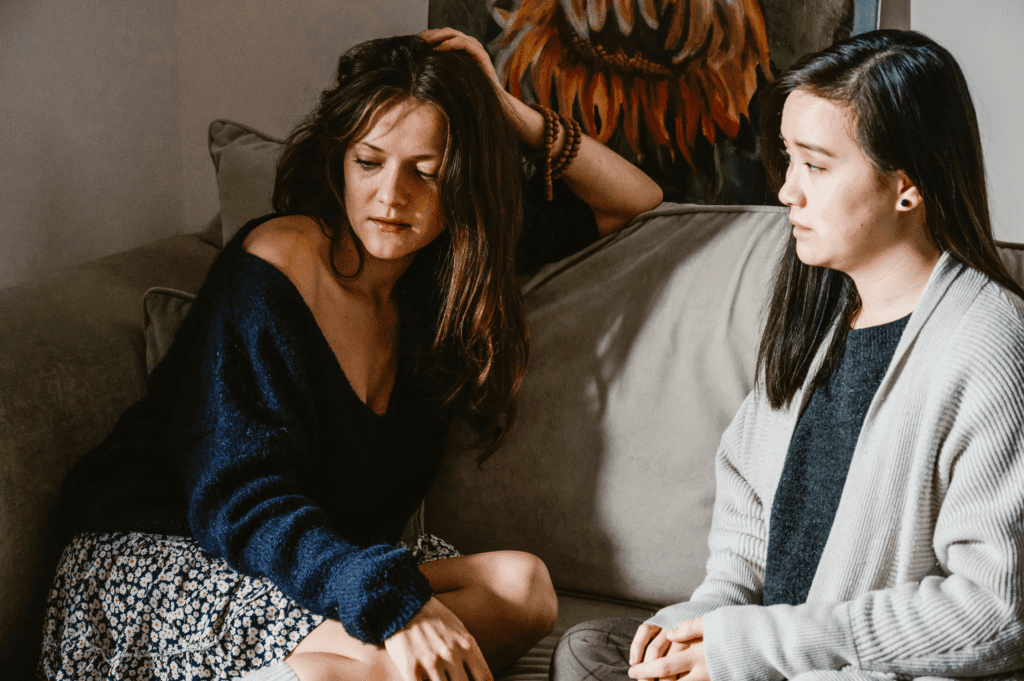

2.2 Hexakosioihexekontahexaphobia: Fear of the Number 666
This tongue-twisting phobia refers to the fear of the number 666, often associated with the “number of the beast” in Christian theology. Individuals with this phobia may go to great lengths to avoid encountering this number in their daily lives, sometimes even refusing to live at addresses containing the digits 666.
2.3 Tetraphobia: Fear of the Number 4
In many East Asian cultures, the number 4 is considered unlucky due to its pronunciation being similar to the word for “death” in languages like Chinese and Korean. This cultural association has led to the development of tetraphobia, where individuals experience intense anxiety when confronted with the number 4 in various contexts.
3. Peculiar Color-Related Phobias
Colors are an integral part of our visual world, but for some individuals, specific hues can trigger intense fear and distress. These color-related phobias, while uncommon, highlight the complex relationship between visual stimuli and emotional responses.
3.1 Xanthophobia: Fear of the Color Yellow
Individuals with xanthophobia experience an irrational fear of the color yellow. This phobia can manifest in various ways, from avoiding yellow clothing to experiencing anxiety when surrounded by yellow objects or environments. The origins of this fear may be rooted in personal experiences or cultural associations with the color yellow.
3.2 Porphyrophobia: Fear of the Color Purple
Porphyrophobia is the fear of the color purple, which can cause affected individuals to experience intense anxiety or panic when confronted with purple objects or environments. This phobia may be linked to historical or cultural associations with the color, such as its connection to royalty or religious symbolism.
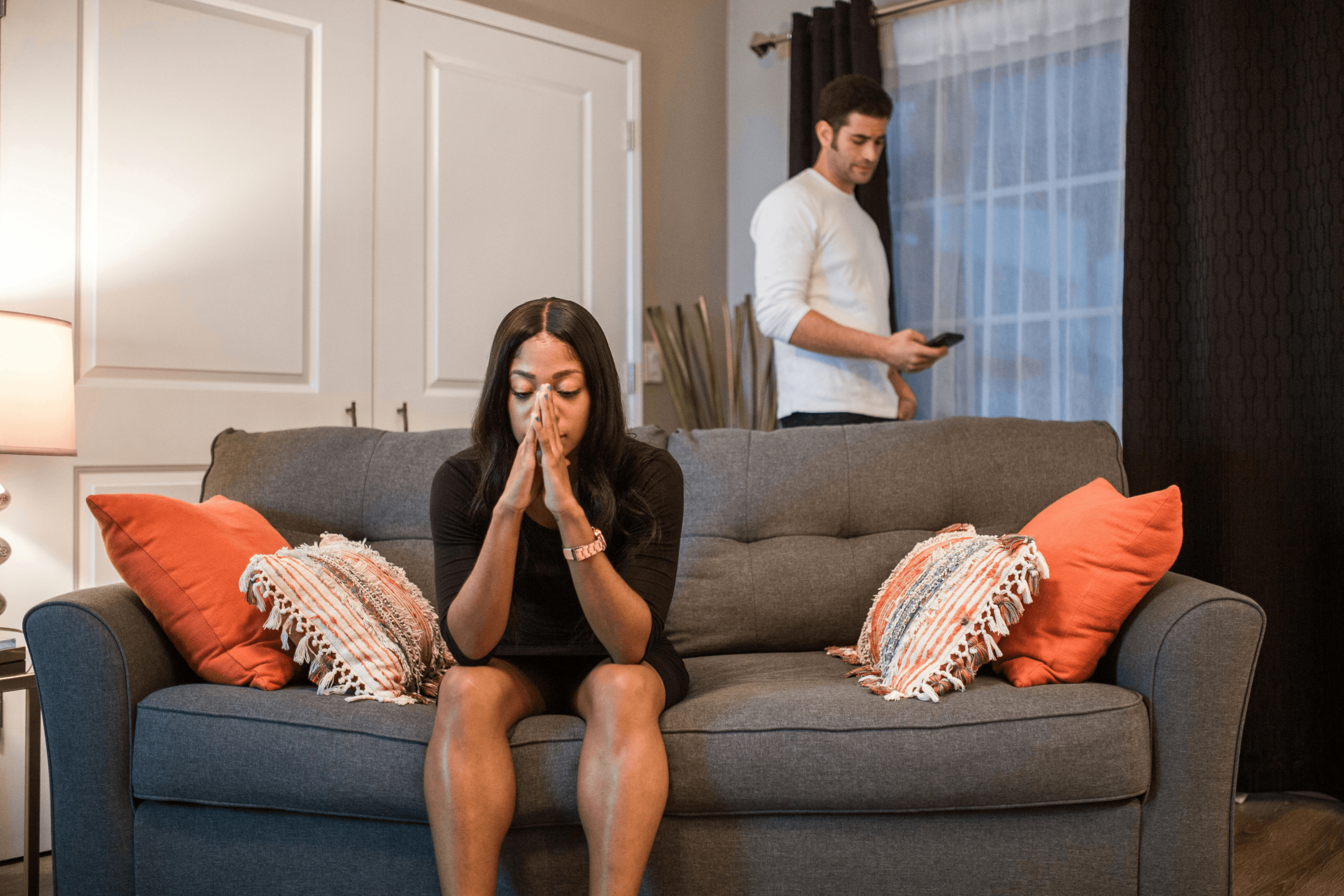

3.3 Leukophobia: Fear of the Color White
Leukophobia is characterized by an irrational fear of the color white. Individuals with this phobia may experience anxiety in white-dominated environments or when encountering white objects. This fear can be particularly challenging, given the prevalence of white in many everyday settings, such as hospitals or office spaces.
4. Bizarre Object-Specific Phobias
Some of the most intriguing phobias are those centered around seemingly innocuous objects or phenomena. These object-specific phobias demonstrate the wide range of stimuli that can trigger intense fear responses in individuals.
4.1 Eisoptrophobia: Fear of Mirrors
Individuals with eisoptrophobia experience an irrational fear of mirrors or their own reflection. This phobia can be particularly challenging, as mirrors are ubiquitous in modern society. Those affected may avoid looking at themselves in mirrors or reflective surfaces, which can impact their daily routines and self-care practices.
4.2 Papyrophobia: Fear of Paper
Papyrophobia is the fear of paper, which can manifest as anxiety or panic when handling or being near paper products. This phobia can be especially problematic in academic or office settings, where paper is frequently used. Individuals with papyrophobia may struggle with tasks such as reading books, handling documents, or even using toilet paper.
4.3 Chaetophobia: Fear of Hair
Chaetophobia is characterized by an intense fear of hair, whether it’s one’s own hair or that of others. This phobia can lead to significant distress in social situations and may impact personal grooming habits. In severe cases, individuals with chaetophobia may avoid touching their own hair or experience panic when encountering loose hair.
5. Unusual Environmental Phobias
Our environment plays a crucial role in shaping our experiences and perceptions. For some individuals, certain aspects of their surroundings can trigger intense fear and anxiety, leading to the development of unique environmental phobias.
5.1 Megalophobia: Fear of Large Objects
Megalophobia is the fear of large objects or structures, such as skyscrapers, statues, or even large vehicles. This phobia can make it challenging for affected individuals to navigate urban environments or visit popular tourist attractions featuring oversized monuments or buildings.


5.2 Thalassophobia: Fear of the Sea
While a healthy respect for the ocean is common, individuals with thalassophobia experience an intense and irrational fear of the sea or deep bodies of water. This phobia can extend beyond a fear of drowning to include anxiety about what might be lurking beneath the surface or the vastness of the ocean itself.
5.3 Nyctophobia: Fear of the Dark
While fear of the dark is common among children, nyctophobia persists into adulthood for some individuals. This intense fear of darkness or nighttime can significantly impact daily life, making it difficult for affected individuals to sleep or engage in activities after sunset.
6. Peculiar Social Phobias
Human interaction is a fundamental aspect of our lives, but for some individuals, specific social situations or encounters can trigger intense fear and anxiety. These unique social phobias highlight the complex nature of human relationships and the various ways in which social anxiety can manifest.
6.1 Anthropophobia: Fear of People
Anthropophobia is characterized by an intense fear of social interaction or being in the presence of other people. This phobia can be particularly debilitating, as it may lead to social isolation and difficulty in maintaining relationships or pursuing career opportunities.
6.2 Gelotophobia: Fear of Being Laughed At
Individuals with gelotophobia experience an irrational fear of being laughed at or ridiculed. This phobia can significantly impact social interactions and self-esteem, as affected individuals may constantly worry about being the object of others’ amusement or derision.
6.3 Autophobia: Fear of Being Alone
Autophobia, also known as monophobia, is the fear of being alone or isolated. This phobia can manifest as intense anxiety when left alone or separated from a specific person or group. Individuals with autophobia may struggle with independence and may rely heavily on others for emotional support.
7. Technological and Modern Phobias
As our world becomes increasingly technology-driven, new phobias have emerged in response to modern innovations and digital experiences. These technological phobias reflect the evolving nature of human fears in the face of rapid societal changes.
7.1 Nomophobia: Fear of Being Without a Mobile Phone
Nomophobia, short for “no mobile phone phobia,” is the fear of being without one’s mobile device or being unable to use it. This modern phobia has become increasingly prevalent as smartphones have become an integral part of our daily lives. Individuals with nomophobia may experience intense anxiety when their phone battery is low or when they find themselves in areas with poor reception.


7.2 Cyberphobia: Fear of Computers or Technology
Cyberphobia is characterized by an irrational fear of computers, technology, or digital devices. This phobia can be particularly challenging in today’s technology-driven world, as it may impact an individual’s ability to perform everyday tasks or participate in modern society fully.
7.3 Aerophobia: Fear of Flying
While not exclusively a modern phobia, aerophobia, or the fear of flying, has become increasingly relevant in our globalized world. This phobia can significantly impact an individual’s ability to travel for work or leisure, potentially limiting career opportunities and personal experiences.
8. Coping Strategies and Treatment Options
While rare and unusual phobias can be challenging to manage, there are various coping strategies and treatment options available to help individuals overcome their fears and improve their quality of life.
8.1 Cognitive-Behavioral Therapy (CBT)
CBT is a widely used and effective treatment for phobias. This therapy focuses on identifying and challenging irrational thoughts and beliefs associated with the feared object or situation. Through gradual exposure and cognitive restructuring, individuals can learn to manage their anxiety and develop more adaptive responses to their fears.
8.2 Exposure Therapy
Exposure therapy involves gradually and systematically exposing individuals to their feared stimuli in a controlled environment. This approach helps individuals build tolerance and reduce their anxiety response over time. Virtual reality technology has also been employed in recent years to create safe and controlled exposure environments for individuals with various phobias.
8.3 Mindfulness and Relaxation Techniques
Practicing mindfulness and relaxation techniques, such as deep breathing exercises, progressive muscle relaxation, or meditation, can help individuals manage the physical symptoms of anxiety associated with their phobias. These techniques can be particularly useful in conjunction with other therapeutic approaches.
8.4 Medication


In some cases, medication may be prescribed to help manage the symptoms of severe phobias. Anti-anxiety medications or antidepressants may be used in conjunction with therapy to provide relief and support the treatment process.
9. The Impact of Rare Phobias on Daily Life
Rare and unusual phobias can have a significant impact on an individual’s daily life, affecting various aspects of their personal and professional experiences.
9.1 Social and Relationship Challenges
Individuals with rare phobias may struggle to maintain relationships or engage in social activities due to their fears. For example, someone with papyrophobia may find it difficult to work in an office environment, while a person with anthropophobia may struggle to form close connections with others.
9.2 Career and Educational Limitations
Certain phobias can limit career opportunities or educational pursuits. For instance, an individual with aerophobia may be unable to take jobs that require frequent travel, while someone with cyberphobia might struggle in technology-driven industries.
9.3 Emotional and Psychological Well-being
Living with a rare phobia can take a toll on an individual’s emotional and psychological well-being. The constant anxiety and stress associated with avoiding feared stimuli can lead to depression, low self-esteem, and a diminished quality of life.
10 More Weird Phobias You May Not Have Heard Of
The human mind can create strange fears from even the most mundane aspects of life. Beyond the phobias already explored, there are countless other obscure fears that can alter a person’s daily existence.
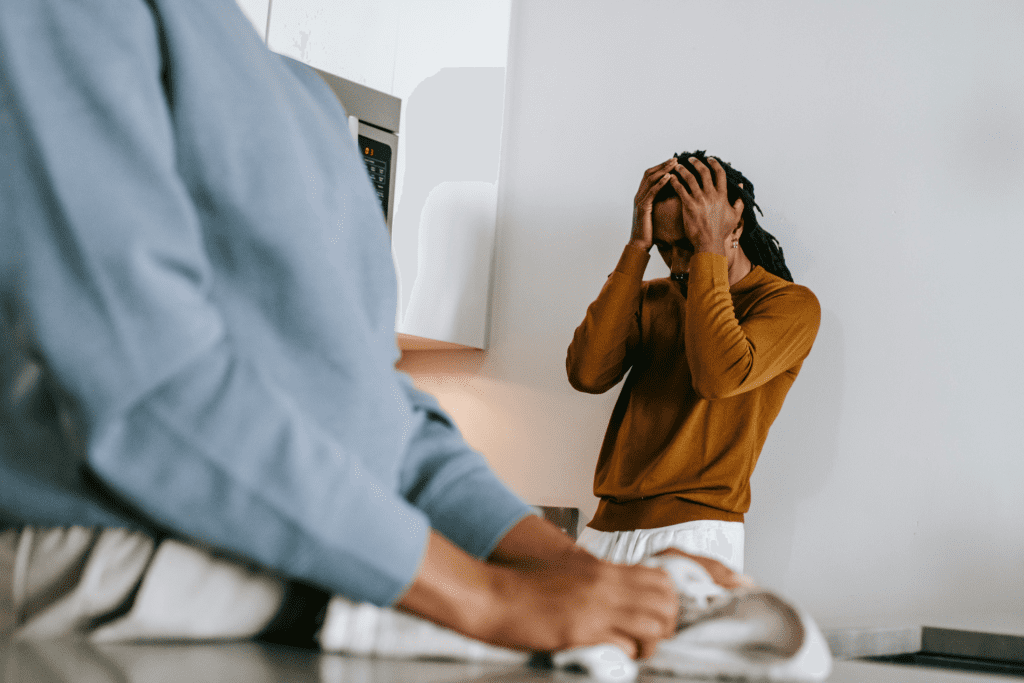

Fear of Balloons: Globophobia
Fear of balloons, also known as globophobia, is more common than one might think. It is often linked to a fear of the sound of balloons popping, which can cause extreme anxiety and panic attacks, particularly in children. The fear object—balloons—creates a lingering sense of unpredictability for those affected, as even the mere sight of inflated balloons can induce anxiety.
Phobia of Peanut Butter: Arachibutyrophobia
Arachibutyrophobia is the fear of peanut butter sticking to the roof of one’s mouth. While most people may simply find this sensation annoying, for those with this unusual fear, even small amounts of peanut butter can trigger overwhelming fear, leading them to avoid the food altogether. The discomfort may result from negative associations with choking or an inability to swallow.
Fear of Belly Buttons: Omphalophobia
The fear of belly buttons, or omphalophobia, can be deeply distressing, causing individuals to avoid seeing, touching, or even thinking about navels. This fear can lead to avoidance behaviors, including staying away from beaches, pools, or clothing styles that reveal the midsection. Severe anxiety may manifest even at the mention of belly buttons.
Fear of Water: Aquaphobia
Aquaphobia, the fear of water, goes beyond a typical discomfort with swimming. For those with this phobia, even small bodies of water, like bathtubs or puddles, can create extreme fear. It may develop from traumatic experiences such as nearly drowning and is classified by the American Psychological Association as a serious anxiety-related disorder.
Fear of Clothing: Vestiphobia
Vestiphobia, or the fear of clothing, can significantly hinder one’s daily life. This phobia may be tied to negative experiences related to wearing certain garments, such as discomfort, allergies, or even traumatic events. Phobia of garments can cause individuals to struggle with dressing appropriately, particularly in social situations.
Fear of Dancing: Chorophobia
The fear of dancing, known as chorophobia, can stem from a fear of public speaking or social phobia. Individuals with this phobia might avoid events like weddings or parties, where dancing is expected. It can also be connected to a fear of failure or fear of embarrassment, making it difficult for affected individuals to partake in social gatherings.
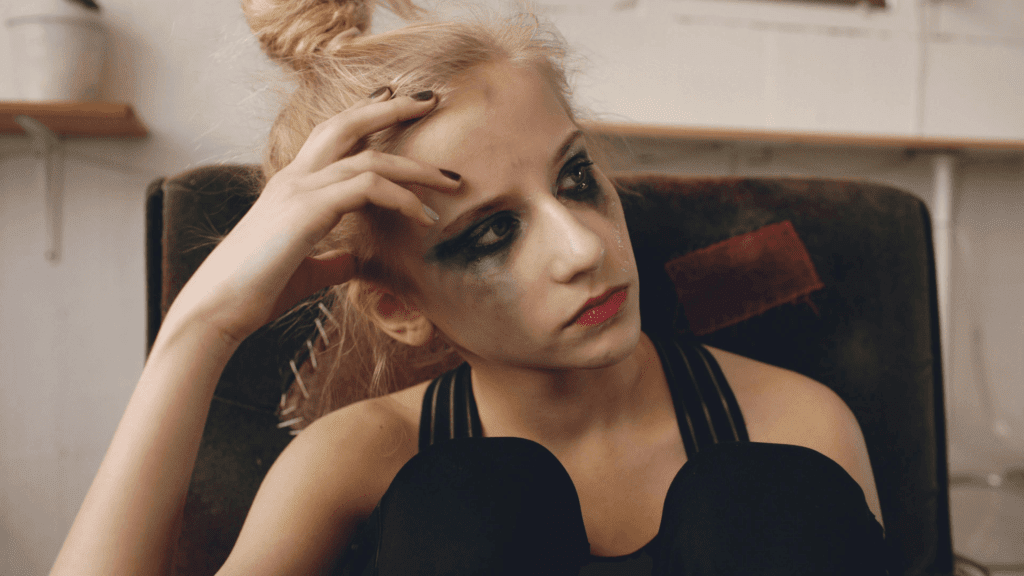

Fear of Rain: Ombrophobia
Ombrophobia is an irrational fear of rain. This phobia can make even a light drizzle feel threatening, with individuals often refusing to leave their homes during rainy weather. The extreme anxiety caused by the fear of rain may lead to isolation or a significant impact on one’s everyday lives.
Fear of Strings: Linonophobia
Linonophobia, the fear of string, is an uncommon phobia that can have strange consequences. Those affected may avoid places where string or thread is present, such as fabric stores or craft classes. The phobia of threads can evoke discomfort, anxiety, and even panic attacks when confronted with common household items like bubble wrap or yarn.
Fear of Bananas: Bananaphobia
Fear of bananas, or bananaphobia, is a bizarre fear that might seem humorous to some but is quite real for those affected. The fear object—bananas—can trigger intense feelings of disgust or dread, particularly due to their texture or smell. This phobia may arise from a negative experience involving bananas, such as an allergic reaction or gagging incident.
Fear of Horses: Equinophobia
Equinophobia is the fear of horses, a phobia that can arise from direct negative experiences, such as falling off a horse or being bitten. Horses, like other dangerous animals, can be unpredictable, which only fuels the fear. Those with this phobia may find it challenging to visit farms or participate in activities like horseback riding.
Fear of Birds: Ornithophobia
Ornithophobia is the fear of birds, which can develop after a negative experience such as being attacked or startled by a bird. This phobia often involves an extreme fear of feathers, bird sounds, or even seeing birds in pictures. Individuals with this phobia may avoid parks or areas with heavy bird populations.
Fear of Holes: Trypophobia
Trypophobia is the fear of holes, specifically clusters of small holes or patterns. This bizarre fear can cause feelings of discomfort, itching, and even panic. The fear of seed pods or honeycombs may also trigger anxiety, leading to an aversion to seemingly harmless patterns.
Fear of Shellfish: Ostraconophobia
Ostraconophobia is the fear of shellfish, which can be rooted in an allergic reaction or disgust with the texture. For those affected, even being near shellfish at a restaurant can induce anxiety attacks. It can significantly hinder dining experiences where seafood is present.
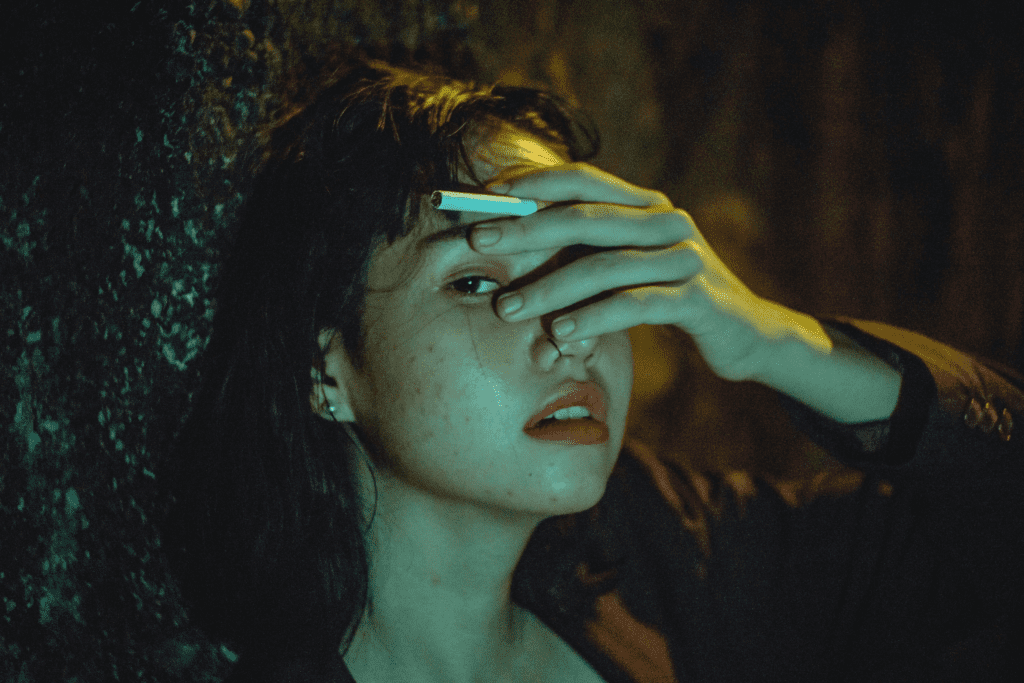

Fear of Thunder: Brontophobia
Brontophobia, the fear of thunder, is a common phobia that affects both children and adults. The loud and sudden nature of thunder can create anxiety and panic, often causing individuals to hide or seek shelter during storms. This fear can be intensified when coupled with the fear of lightning.
Fear of Heights: Acrophobia
Acrophobia is the fear of heights, one of the most well-known phobias. It can cause intense anxiety when individuals are exposed to high places like balconies or mountains. Even viewing images of heights can trigger this extreme fear, leading to avoidance behaviors.
Fear of Sleep: Somniphobia
Somniphobia is the fear of sleep, often linked to sleep paralysis or nightmares. This phobia can lead to persistent fear of going to bed, causing sleep deprivation and impacting one’s overall health. The fear of losing control during sleep is a significant trigger for those with somniphobia.
Fear of Stars: Siderophobia
Siderophobia is the fear of stars, which may arise from their vastness or an overwhelming sense of insignificance. For some, looking at the night sky can induce anxiety attacks. Individuals with this fear may avoid stargazing or even refuse to be outside at night.
Fear of Snow: Chionophobia
Chionophobia is the fear of snow, often rooted in a negative experience such as being trapped in snow or involved in an accident. The fear can be particularly debilitating for those living in colder climates, leading to avoidance of outdoor activities during winter months.
Fear of Beards: Pogonophobia
Pogonophobia, the fear of beards, can stem from a negative encounter with a bearded person or a fear of facial hair in general. This phobia may lead to avoidance of individuals with beards, impacting social interactions and leading to discomfort in public settings.
Fear of Making Decisions: Decidophobia
Decidophobia is the fear of making decisions, often linked to the fear of failure or making the wrong choice. Individuals with this phobia may struggle with daily tasks that require decision-making, leading to dependency on others. This avoidance behavior can impact both personal and professional life.
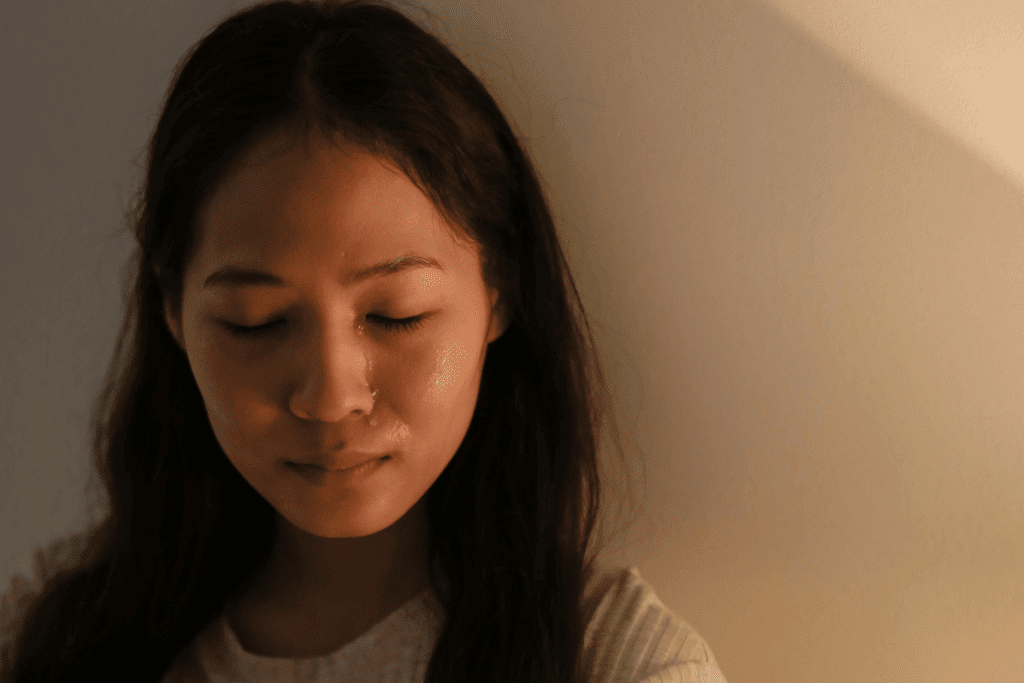

Fear of Money: Chrometophobia
Chrometophobia is the fear of money, which can be connected to concerns about wealth, financial responsibility, or negative associations with monetary transactions. This phobia of wealth may lead individuals to avoid handling money, impacting their ability to manage finances.
Fear of Public Speaking: Glossophobia
Glossophobia, the fear of public speaking, is a common phobia that causes intense anxiety in social settings. The fear of being judged or ridiculed can be overwhelming, making it challenging to speak in front of groups. This fear can significantly impact one’s career and social life.
Fear of Failure: Atychiphobia
Atychiphobia is the fear of failure, often linked to high expectations or pressure from others. This overwhelming fear can prevent individuals from attempting new tasks or pursuing goals, resulting in missed opportunities. Fear of failure is a major factor contributing to procrastination and avoidance behaviors.
Fear of Fear: Phobophobia
Phobophobia is the fear of having a phobia, leading to a cycle of anxiety and avoidance. This fear of fear can make it difficult for individuals to face everyday situations without experiencing heightened anxiety. It is often associated with other anxiety disorders and requires careful treatment by a healthcare professional.
From Embrace Inner Chaos to your inbox
Transform your Chaos into authentic personal growth – sign up for our free weekly newsletter! Stay informed on the latest research advancements covering:
Narcissistic Personality Disorder (NPD)
Frequently Asked Questions
What Is The Fear Of Belly Buttons And How Does It Manifest?
The fear of belly buttons, also known as omphalophobia, involves an extreme aversion or anxiety towards navels. Individuals with this phobia may feel discomfort at the sight or even thought of touching their own or someone else’s belly button.
Often, this phobia stems from negative associations or a specific traumatic event that has created a lasting fear. American Psychiatric Association describes how obsessive-compulsive tendencies can play a role in developing unusual fears such as this one.
People suffering from omphalophobia may experience symptoms like nausea, increased heart rate, or a sense of overwhelming dread. The fear can be so intense that it affects daily activities, including avoiding situations where belly buttons might be exposed.
Therapy and counseling from healthcare professionals can often help manage this anxiety. This allows individuals to confront their irrational fear more comfortably.
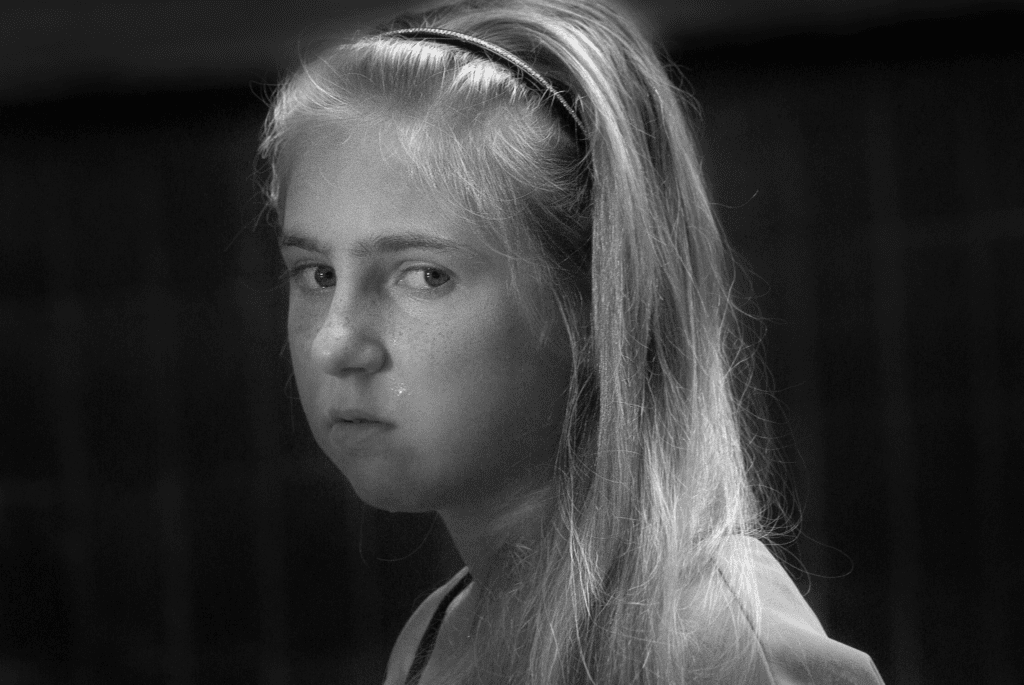

Why Do Some People Have A Fear Of Peanut Butter Sticking To The Roof Of Their Mouth?
The fear of peanut butter sticking to the roof of one’s mouth, known as arachibutyrophobia, is an irrational yet surprisingly specific fear. The Anxiety & Depression Association of America suggests that this fear may be related to a negative experience during childhood, such as choking or discomfort when consuming peanut butter.
Such incidents can lead to a persistent fear of similar situations. People with arachibutyrophobia often avoid peanut butter altogether or take extreme precautions when consuming it.
The fear is not necessarily about peanut butter itself but rather the texture and the anxiety of having it stuck in the mouth. Consulting a licensed therapist can help address these fears through methods like exposure therapy.
Gradually reducing anxiety by desensitizing the individual to the fear object is often effective. This approach helps them overcome their fear more comfortably.
What Causes The Fear Of Balloons And How Is It Treated?
The fear of balloons, known as globophobia, involves intense anxiety when balloons are present, especially if they might pop. The sound of balloons bursting can trigger severe anxiety attacks for individuals with this phobia.
According to the American Psychological Association, this fear is often linked to a traumatic incident in childhood, such as a balloon unexpectedly popping and causing shock. Symptoms of globophobia can range from avoiding birthday parties to experiencing a racing heart when balloons are nearby.
Treatment often involves gradual exposure to balloons under the guidance of a healthcare professional. This type of therapy aims to reduce the irrational fear response by helping individuals become more accustomed to the feared object.
How Does The Fear Of Belly Buttons Affect A Person’s Daily Life?
The fear of belly buttons can significantly impact a person’s daily life, particularly in social situations where navels might be visible, such as at beaches or swimming pools. The Anxiety & Depression Association of America notes that people with omphalophobia may experience avoidance behaviors that limit their social activities.
Daily activities like showering, changing clothes, or even seeing others’ belly buttons can trigger anxiety. This phobia often results in individuals avoiding situations or clothing that might expose the navel.
Therapy, including cognitive behavioral techniques, can help individuals confront these fears. It also helps in reducing avoidance behaviors, allowing them to live more freely.
What Is The Fear Of Snakes, And How Common Is It?
The fear of snakes, known as ophidiophobia, is one of the most common phobias worldwide. This fear involves an intense and persistent fear of snakes, often due to evolutionary reasons where humans associate snakes with danger.
National Geographic explains that this fear may also stem from observing the reactions of others or from a negative experience involving snakes. For individuals with ophidiophobia, even images or videos of snakes can trigger extreme anxiety.
Treatment options include exposure therapy and relaxation techniques that help in reducing the fear response over time. Behavioral science supports that overcoming this fear often involves reconditioning the brain to view snakes in a less threatening manner.
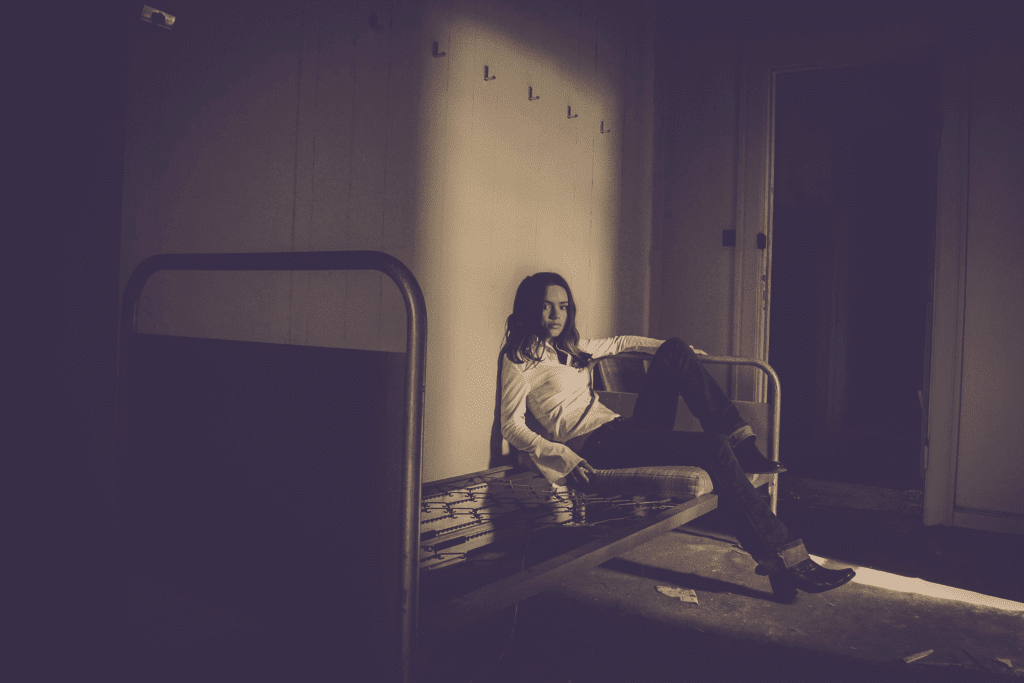

Why Do People Develop A Fear Of Thunder And Lightning?
The fear of thunder and lightning, known as astraphobia, affects both children and adults. This phobia can develop after a particularly intense thunderstorm or from observing someone else displaying fear during such events.
According to the American Psychological Association, astraphobia is common among people with anxiety-related disorders. Individuals with astraphobia may experience anxiety attacks, trembling, and a strong desire to hide during thunderstorms.
Treatment includes cognitive-behavioral therapy (CBT) and sometimes medication to help manage symptoms. Licensed therapists work with patients to change their perception of thunderstorms, helping them replace fear with a more rational understanding of the natural phenomenon.
How Can The Fear Of Heights Be Managed Effectively?
The fear of heights, or acrophobia, can severely restrict individuals from engaging in everyday activities such as climbing stairs, crossing bridges, or even looking out of windows. This overwhelming fear often stems from a traumatic fall or even a learned fear from observing others’ reactions.
The American Psychiatric Association suggests exposure therapy as a highly effective treatment for acrophobia. In exposure therapy, individuals are gradually exposed to heights in a controlled environment to reduce their anxiety over time.
Cognitive restructuring is another technique used to challenge and change irrational thoughts related to heights. Support from a licensed healthcare professional is crucial in ensuring these techniques are applied effectively.
What Is The Fear Of Failure And How Can It Impact Professional Life?
The fear of failure, also known as atychiphobia, can have a profound impact on a person’s career and daily functioning. It often leads to avoidance behaviors where individuals may not take on new challenges for fear of not succeeding.
Harvard Business Review explains that this phobia can prevent people from pursuing career growth opportunities or even completing essential tasks. People with a fear of failure may experience anxiety when faced with tasks that carry high stakes, leading to procrastination or even abandoning projects.
Therapy can help individuals reframe their thoughts about failure, emphasizing the importance of growth and learning. Cognitive-behavioral therapy is often effective in helping people replace their fear of failure with a more balanced outlook.
Why Do Some Individuals Develop A Fear Of Dogs?
The fear of dogs, known as cynophobia, often arises from a negative experience, such as being bitten or witnessing a frightening interaction with a dog. According to WebMD, cynophobia can also develop from hearing stories about dangerous animals or watching films that depict aggressive dogs.
People with cynophobia may experience anxiety when seeing a dog, even from a distance. This fear can affect their ability to walk in parks or visit friends who have pets.
Treatment may involve gradual exposure to dogs, allowing individuals to build positive experiences. Professional guidance is often required to help people reframe their perception of dogs and reduce their fear.
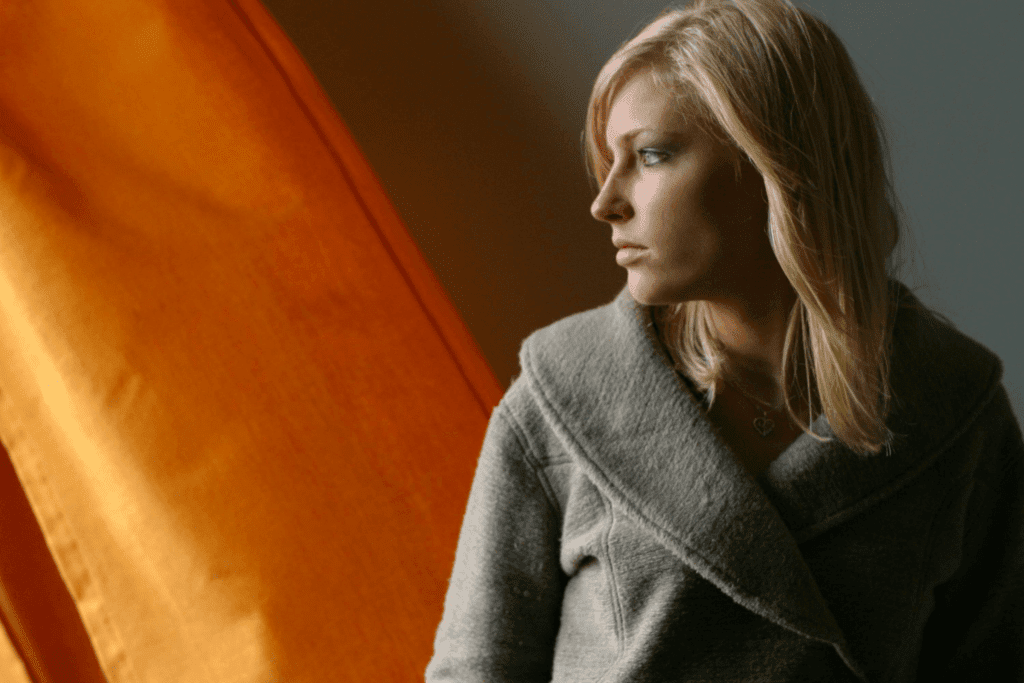

How Does The Fear Of Clowns Originate?
The fear of clowns, or coulrophobia, is thought to originate from the exaggerated facial features and unpredictable behaviors associated with clowns. The American Psychological Association suggests that the makeup and costumes obscure normal human expressions, making it difficult for people to understand a clown’s true intentions, which can lead to fear.
Coulrophobia can cause anxiety during events like circuses or parties where clowns are present. The fear may also be intensified by media portrayals of clowns as sinister characters.
Therapy, including exposure to images of clowns in a controlled environment, can help individuals gradually reduce their fear. This helps them become accustomed to the exaggerated features and understand the difference between fiction and reality.
What Is The Fear Of Water, And Can It Be Overcome?
The fear of water, known as aquaphobia, can range from a fear of deep bodies of water to even a fear of bathing. This phobia often originates from a traumatic event such as a near-drowning experience or watching someone struggle in water.
According to Mayo Clinic, aquaphobia can significantly restrict daily activities and limit vacation opportunities. Overcoming aquaphobia often involves a combination of therapy and gradual exposure to water.
Licensed therapists may use cognitive-behavioral therapy to challenge the irrational thoughts related to water, helping individuals regain confidence. Learning swimming techniques in a controlled environment can also help reduce anxiety and foster a sense of safety.
Why Do People Fear Marriage And How Is It Addressed?
The fear of marriage, known as gamophobia, is an irrational fear of commitment and the responsibilities that come with marriage. This fear can stem from observing dysfunctional relationships or from personal experiences involving broken trust.
Psychology Today explains that people with gamophobia may avoid relationships entirely or end them abruptly when commitment becomes a possibility. Gamophobia can affect personal relationships, preventing individuals from forming lasting bonds.
Therapy often focuses on exploring the root causes of this fear and addressing any negative associations related to marriage. Cognitive-behavioral therapy helps individuals reframe their thoughts, enabling them to approach relationships without overwhelming fear.
How Can Fear Of Public Speaking Be Managed?
The fear of public speaking, also known as glossophobia, is one of the most common social phobias affecting people globally. This fear involves intense anxiety at the thought of speaking in front of an audience, often leading to avoidance behaviors.
Toastmasters International offers programs that can help individuals gradually overcome their fear by providing supportive environments to practice public speaking. Glossophobia can lead to symptoms like sweating, shaking, and even a sense of paralysis.
Cognitive-behavioral therapy, along with systematic desensitization, can be effective in reducing anxiety related to public speaking. Joining groups that offer opportunities for regular practice can also help in building confidence and reducing anxiety over time.
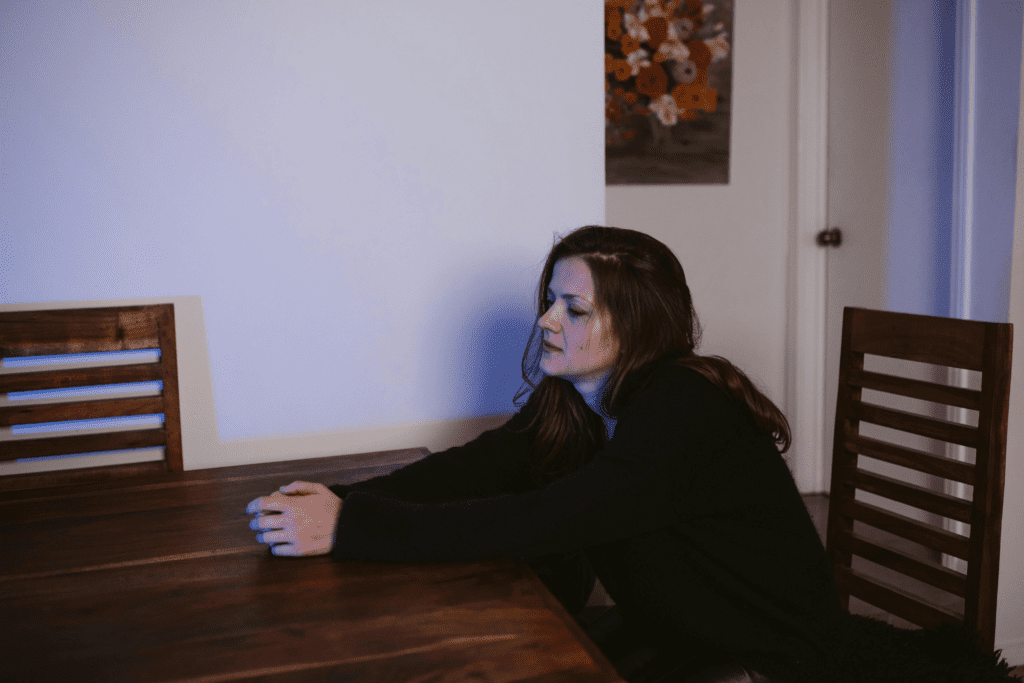

What Is The Fear Of Dancing, And How Does It Affect Individuals?
The fear of dancing, known as chorophobia, involves extreme anxiety at the thought of dancing, either alone or in front of others. This fear can stem from a negative experience, such as being ridiculed while dancing, leading to avoidance behaviors.
According to the American Psychiatric Association, chorophobia may also be linked to social anxiety or a fear of judgment. Individuals with chorophobia may avoid social events like parties or weddings to prevent any situation where dancing might be expected.
Therapy, particularly cognitive-behavioral therapy, helps in challenging the irrational fear and encouraging gradual exposure to dancing in a supportive setting. This helps individuals build confidence and overcome their anxiety.
How Does The Fear Of Money Affect Daily Life?
The fear of money, known as chrometophobia, can significantly disrupt an individual’s financial well-being. This uncommon phobia involves an irrational fear of wealth, handling cash, or managing finances, which may originate from negative experiences, such as a financial loss or witnessing others struggle with money.
Investopedia notes that people with chrometophobia may avoid dealing with any financial matters, resulting in poor money management. Individuals with this fear often struggle with even basic financial tasks, such as budgeting or paying bills.
Therapy, including exposure to financial situations in a controlled environment, helps in reducing the anxiety associated with money. Financial education combined with therapy can also help individuals gain confidence in managing their finances.
What Is The Fear Of Clothing And How Can It Be Managed?
The fear of clothing, or vestiphobia, involves an irrational fear of certain garments or fabrics. This phobia may stem from a traumatic experience involving clothing, such as being trapped in tight clothing or an allergy to specific materials.
According to Healthline, vestiphobia can cause individuals to avoid wearing certain clothes, which can significantly affect their daily lives and social interactions. People with vestiphobia may experience anxiety when wearing specific types of clothing, leading to discomfort or avoidance behaviors.
Treatment often includes exposure therapy, where individuals gradually become accustomed to wearing different clothes. Cognitive-behavioral therapy is also used to address the underlying fears and help individuals lead a more comfortable life.


Why Are Some People Afraid Of Birds?
The fear of birds, known as ornithophobia, often originates from negative interactions with birds, such as being attacked by one or witnessing aggressive bird behavior. The Royal Society for the Protection of Birds explains that some individuals may develop this fear after seeing frightening depictions of birds in media.
Ornithophobia can lead to avoidance of outdoor activities, especially in places where birds are commonly found. Symptoms can include panic attacks, increased heart rate, and a strong desire to escape the situation.
Treatment may include cognitive-behavioral therapy to help individuals reframe their perception of birds. Exposure therapy may also be used to gradually reduce fear over time.
What Is The Fear Of Holes And How Does It Manifest?
The fear of holes, or trypophobia, involves an irrational fear of clusters of small holes or bumps. Images of objects like seed pods, honeycombs, or even bubble wrap can trigger this phobia.
Harvard Health explains that people with trypophobia may react with disgust, anxiety, or even a sense of panic when exposed to these patterns. Trypophobia is thought to be linked to an evolutionary response to avoid dangerous animals or infections.
Treatment options include cognitive-behavioral therapy to help individuals manage their anxiety and reduce avoidance behaviors. Visualizing calming images or practicing breathing techniques can also help in alleviating symptoms associated with trypophobia.
How Can Fear Of Bathing Be Overcome?
The fear of bathing, also known as ablutophobia, can be distressing and significantly affect a person’s hygiene and social life. This fear may originate from a negative childhood experience, such as being forced into water or being scalded by hot water.
The American Psychiatric Association notes that ablutophobia is often treated through gradual exposure to bathing in a controlled environment. People with ablutophobia may avoid bathing altogether, leading to health and hygiene concerns.
Treatment usually involves cognitive-behavioral therapy, where individuals are slowly introduced to the concept of bathing while working on reducing their anxiety. In severe cases, medication may also be prescribed to help manage anxiety symptoms.
What Is The Fear Of String And How Does It Develop?
The fear of string, known as linonophobia, involves an irrational aversion to strings, threads, or similar objects. This phobia may stem from negative associations or an early traumatic experience involving string, such as being tied up.
Medical News Today explains that linonophobia can affect an individual’s ability to perform daily tasks, especially those involving the use of thread or yarn. People with linonophobia may feel extreme discomfort when seeing or touching string.
Treatment options include exposure therapy, where individuals are gradually exposed to strings under the supervision of a healthcare professional. Cognitive-behavioral techniques can also be effective in helping individuals challenge their irrational fears and reduce avoidance behaviors.




